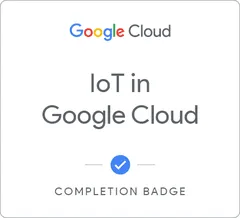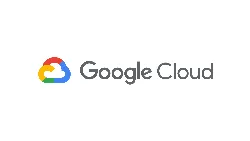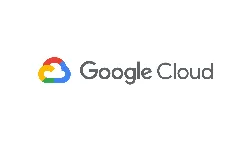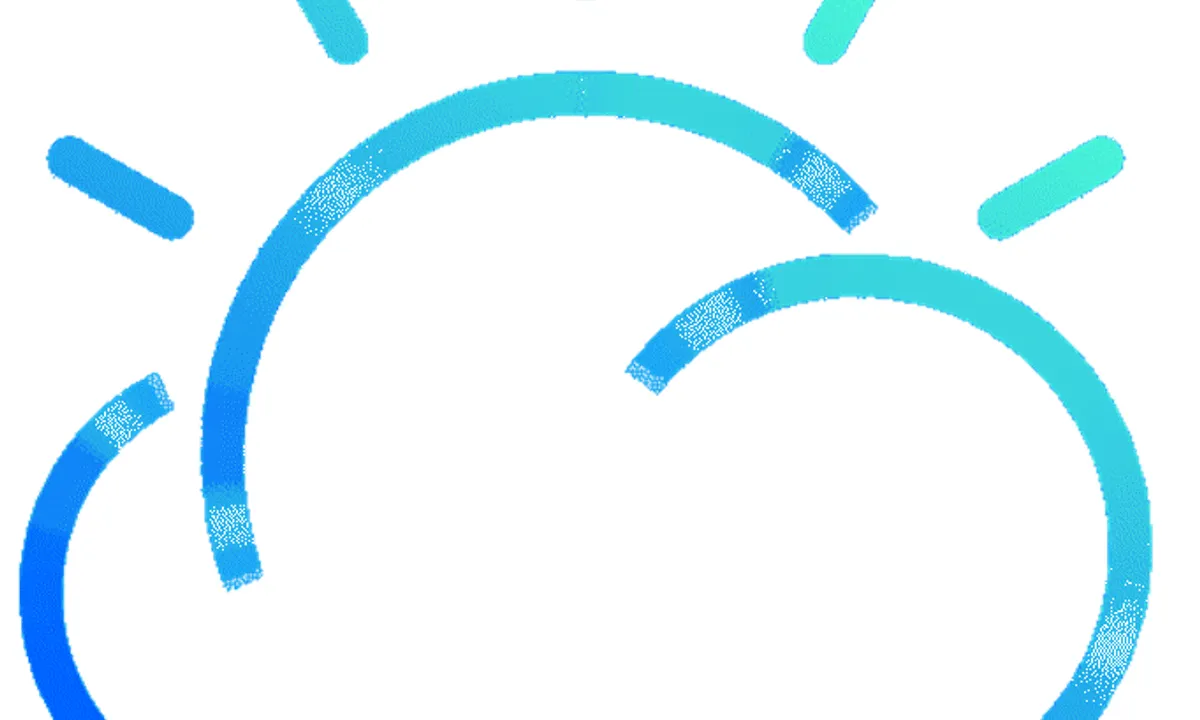
IoT in the Google Cloud 
Explore the essentials of IoT in the Google Cloud ▼
ADVERTISEMENT
Course Feature
![]() Cost:
Cost:
Free
![]() Provider:
Provider:
Qwiklabs
![]() Certificate:
Certificate:
Free Certification
![]() Language:
Language:
English
![]() Start Date:
Start Date:
On-Demand
Course Overview
❗The content presented here is sourced directly from Qwiklabs platform. For comprehensive course details, including enrollment information, simply click on the 'Go to class' link on our website.
Updated in [May 19th, 2023]
This course provides an overview of Google Cloud's IoT Core service and its integration with other services such as GCS, Dataprep, Stackdriver, and Firestore. Participants will learn how to use simulator code to mimic IoT devices and how to implement the same streaming pipeline with real-world IoT devices. By the end of the course, participants will have a better understanding of how to use Google Cloud's IoT Core service to manage and monitor their IoT devices.
[Applications]
The application of this course can be seen in various industries such as manufacturing, healthcare, retail, and transportation. With the knowledge gained from this course, users can create a secure and reliable IoT infrastructure in the Google Cloud. They can also use Google Cloud's IoT Core service to stream data from IoT devices to other services like GCS, Dataprep, Stackdriver, and Firestore. Furthermore, users can use the simulator code provided in the labs to create a streaming pipeline with real world IoT devices.
[Career Paths]
1. IoT Solutions Architect: IoT Solutions Architects are responsible for designing, developing, and deploying IoT solutions. They must have a deep understanding of the underlying technologies and be able to integrate them into a cohesive system. They must also be able to identify and address potential security risks. As the demand for IoT solutions continues to grow, the need for experienced IoT Solutions Architects will also increase.
2. IoT Data Scientist: IoT Data Scientists are responsible for analyzing and interpreting data from IoT devices. They must have a strong understanding of data science principles and be able to use machine learning and artificial intelligence to identify patterns and trends in the data. As the amount of data generated by IoT devices continues to grow, the need for experienced IoT Data Scientists will also increase.
3. IoT Developer: IoT Developers are responsible for developing applications and services that interact with IoT devices. They must have a strong understanding of programming languages and be able to develop applications that are secure and reliable. As the demand for IoT applications continues to grow, the need for experienced IoT Developers will also increase.
4. IoT Security Engineer: IoT Security Engineers are responsible for ensuring the security of IoT devices and networks. They must have a deep understanding of security protocols and be able to identify and address potential security risks. As the number of IoT devices continues to grow, the need for experienced IoT Security Engineers will also increase.
[Education Paths]
1. Bachelor of Science in Computer Science: This degree path focuses on the fundamentals of computer science, such as algorithms, data structures, programming languages, operating systems, and computer architecture. It also covers topics such as artificial intelligence, machine learning, and cloud computing. With the increasing demand for IoT solutions, this degree path is becoming increasingly popular as it provides the necessary skills to develop and manage IoT systems.
2. Bachelor of Science in Electrical Engineering: This degree path focuses on the design and development of electrical systems, such as circuits, power systems, and communication systems. It also covers topics such as signal processing, control systems, and embedded systems. With the increasing demand for IoT solutions, this degree path is becoming increasingly popular as it provides the necessary skills to develop and manage IoT systems.
3. Master of Science in Internet of Things: This degree path focuses on the design and development of IoT systems, such as sensors, networks, and applications. It also covers topics such as data analytics, machine learning, and cloud computing. With the increasing demand for IoT solutions, this degree path is becoming increasingly popular as it provides the necessary skills to develop and manage IoT systems.
4. Master of Science in Cloud Computing: This degree path focuses on the fundamentals of cloud computing, such as virtualization, distributed systems, and cloud security. It also covers topics such as big data, machine learning, and IoT. With the increasing demand for cloud-based solutions, this degree path is becoming increasingly popular as it provides the necessary skills to develop and manage cloud-based systems.
Course Syllabus
Internet of Things: Qwik Start
This lab shows you how to use Google Cloud Platform Console to create a Cloud IoT Core device registry and register a device. It also shows you how to run a sample to connect a device and publish device telemetry events.Streaming IoT Data to Cloud Storage
In this lab configure Cloud IoT Core and Cloud Pub/Sub to create a Pub/Sub topic and registry on GCP, then use this topic to ingest data streaming from a simulated IoT device.Streaming IoT Core Data to Dataprep
Configure Cloud IoT Core and Cloud Pub/Sub to create a Pub/Sub topic and registry on GCP. Using a simulated device, stream data to Google Cloud Storage, then design a Dataprep flow to analyze data.Building an IoT Analytics Pipeline on Google Cloud
This lab shows you how to connect and manage devices using Cloud IoT Core; ingest the stream of information using Cloud Pub/Sub; process the IoT data using Cloud Dataflow; use BigQuery to analyze the IoT data. Watch this short video, Easily Build an IoT Analytics Pipeline.A Tour of Cloud IoT Core
In this lab you build a simple IoT system. Simulated devices publish data to their telemetry feeds, the server then decides the devices' state using IoT Core.APIs Explorer: PubSub and IoT
In this lab you will provision Cloud IoT and Pub/Sub services using the APIs explorer. These will be used to create a temperature telemetry steam.Using Cloud Logging with IoT Core Devices
In this hands-on lab you configure CloudFunctions to send IoT Core device application logs to Stackdriver Logging.Using Firestore with Cloud IoT Core for Device Configuration
Learn how to configure Cloud Functions for Firebase to relay document changes in Cloud Firestore as configuration updates for Cloud IoT Core Devices.Course Provider

Provider Qwiklabs's Stats at AZClass
Discussion and Reviews
0.0 (Based on 0 reviews)
Explore Similar Online Courses

Email Marketing Essentials

Aspirational Graphic Design: Create a Better Future

Python for Informatics: Exploring Information

Social Network Analysis

Introduction to Systematic Review and Meta-Analysis

The Analytics Edge

DCO042 - Python For Informatics

Causal Diagrams: Draw Your Assumptions Before Your Conclusions

Whole genome sequencing of bacterial genomes - tools and applications

Serverless Data Processing with Dataflow: Develop Pipelines

Serverless Data Processing with Dataflow: Foundations


Start your review of IoT in the Google Cloud